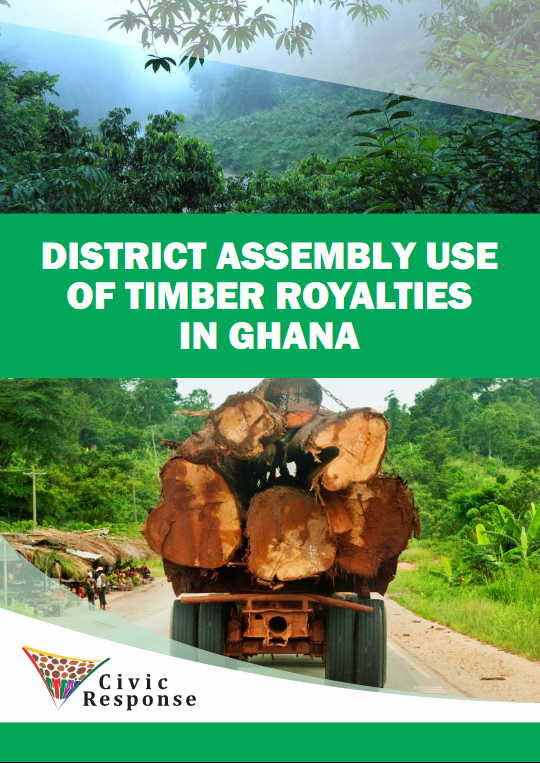
Forest concessions are based on the premise that a country can afford to lose some forest – that may or may not be replaced through genuinely sustainable forest management – provided the proceeds are used for the economic development of the country whilst also ensuring positive social and environmental benefits.
“The policy aims at the conservation and sustainable development of forest and wildlife resources for the maintenance of environmental stability and continuous flow of optimum benefits from the socio-cultural and economic goods and services that the forest environment provides to the present and future generations whilst fulfilling Ghana’s commitments under international agreements and conventions.”— Ghana’s 2012 Forest Policy statement
As in many forest-rich countries in West and Central Africa, Ghana has adopted the timber royalties mechanism as one way to achieve this. By taking concession areas out of public control and leasing them to private contractors, wealth generated from subsequent logging should, by rights, be shared. In Ghana there is a particularly strong legal and customary sense that the forest owners are local communities, as represented by their traditional leadership structures, or stools. The Constitution of the Republic of Ghana expounds this right by detailing the redistribution of timber royalties to the Office for the Administration of Stool Lands (OASL), the relevant Stool, Traditional Authority, and District Assembly.
This study examines one aspect of this redistribution, that to DAs. The purpose of the study is to contribute to improving the use of forest royalties for the development of Ghana. The study assesses the current situation in a selection of Districts and makes recommendations from this evidence to those involved in the distribution to and management of DA timber royalties. In particular it identifies governance failures and discusses how transparency and accountability might be strengthened.
